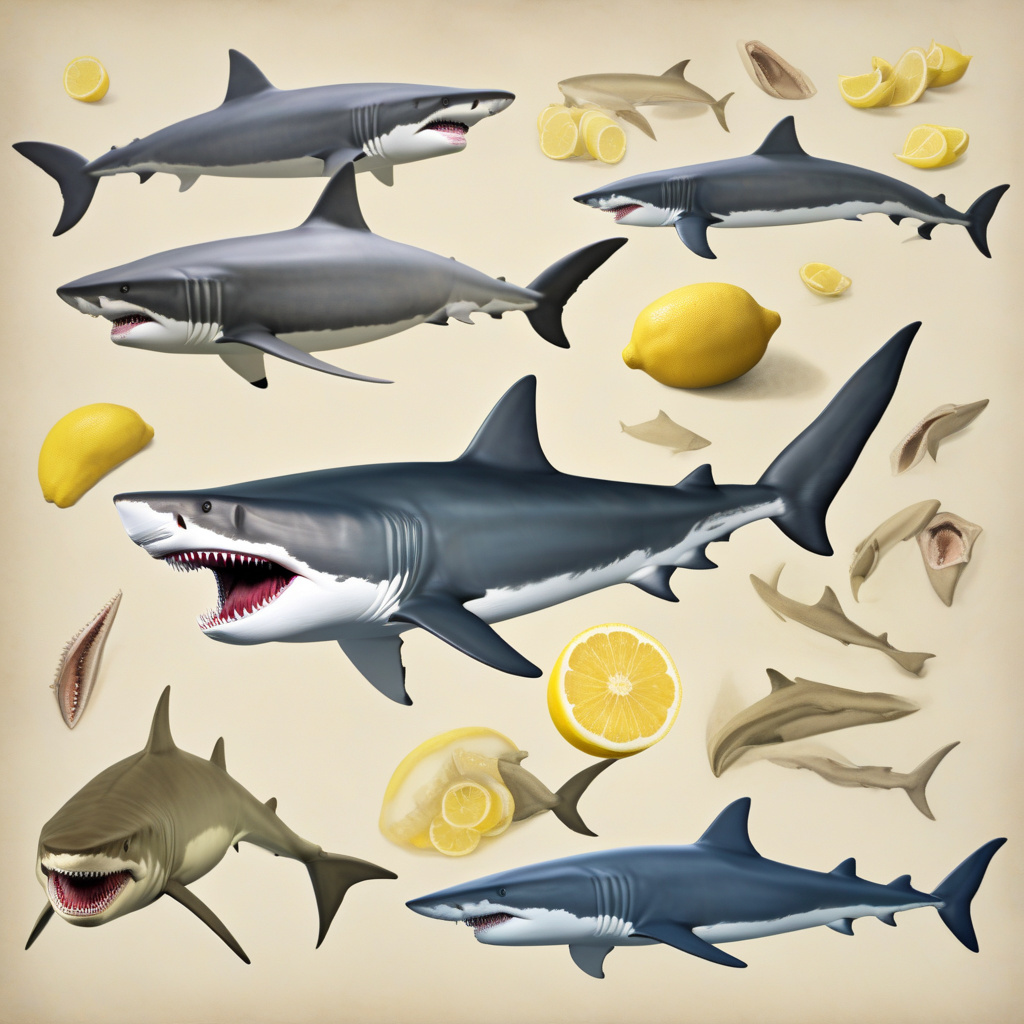In a recent study exploring the fascinating world of prehistoric marine giants, researchers have unveiled intriguing insights into the body shape of the legendary Megalodon. Contrary to popular belief, the study suggests that the Megalodon’s body shape was closer to that of a lemon shark rather than a traditional great white shark. This revelation challenges long-standing assumptions about the physical characteristics of this ancient predator, shedding new light on its evolutionary adaptations.
The comparison to a lemon shark, known for its sleek and streamlined body, implies that the Megalodon may have had a similarly agile and hydrodynamic form. This adaptation would have been advantageous for a creature of its size, enabling swift and efficient movement through the ancient oceans. By reimagining the Megalodon’s body shape through this lens, researchers are piecing together a more nuanced understanding of how this apex predator navigated its marine environment.
Furthermore, the study delves into the intriguing realm of baby megalodons, suggesting that these juveniles were likely comparable in size to great white sharks. Despite their smaller stature, these young Megalodons were formidable hunters capable of taking down marine mammals—a testament to their early prowess and predatory instincts. This glimpse into the early stages of Megalodon development offers a glimpse into the complex life cycle of these awe-inspiring creatures.
These findings not only challenge existing perceptions of the Megalodon but also underscore the importance of ongoing research and exploration in paleontology. By leveraging advanced technologies and analytical techniques, scientists are continually uncovering new clues about the mysteries of our planet’s distant past. Each revelation, such as the Megalodon’s body shape mirroring that of a lemon shark, adds another piece to the ever-evolving puzzle of prehistoric life.
As we unravel the secrets of ancient creatures like the Megalodon, we gain valuable insights into the processes of evolution and adaptation that have shaped life on Earth. The ability of these apex predators to thrive in diverse ecosystems highlights the remarkable diversity and resilience of nature’s creations. By studying the past, we not only enrich our understanding of history but also glean lessons that may inform our approach to conservation and biodiversity in the present day.
In conclusion, the study’s findings regarding the Megalodon’s body shape and the hunting capabilities of baby megalodons offer a tantalizing glimpse into the world of these prehistoric titans. As researchers continue to push the boundaries of scientific exploration, we can look forward to further discoveries that challenge our perceptions and deepen our appreciation for the wonders of the natural world. The Megalodon may have vanished into the mists of time, but its legacy endures in the ongoing quest to unlock the secrets of our planet’s ancient past.

